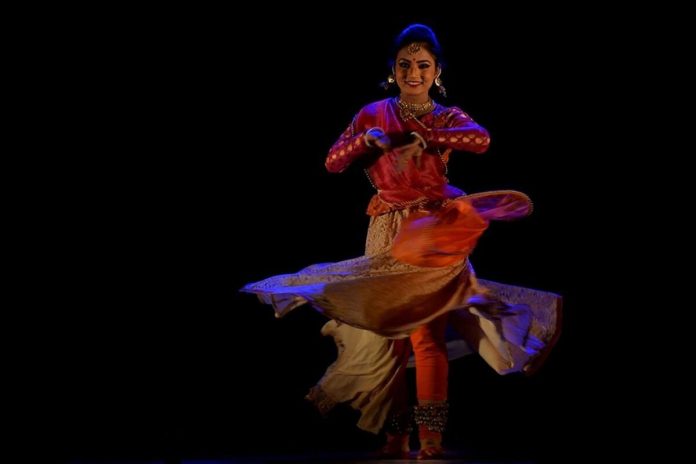Indian music and dances are the most known thing all over the world. Various songs and dance forms have been part of Indian history for extended periods. Indian music and dance forms are considered ancient and have flourished in their beauty since then. Today, various singers and dancers are exploring new forms in India; however, the old tradition is still alive. Indian music and dance are overgrowing globally. Since the 14th century, Indian music has played a broad role in the cultural assessment of the country.
Different Forms of Music and Dances in India
The north Indian classical music was called Hindustani music, while the south Indian music was called Carnatic, distinguished by the region. Indian classical music and dance have been continuously evolving with various regional styles. While talking about dance then, India has been a great structure for its traditional dancing style for a long time. The structure of Indian music is based wholly upon the three primary layers: Melody, Drone, and Rhythm. Each line of Indian music is based on these.
However, it is classified into five primary types: non – Memberous percussion, Memeberous percussion, Windblown, plucked string, and bowed string. This article will provide information regarding the structure of Indian music and dances.
Indian music and dance culture
The foremost thing that pops into our mind when we think about India is Indian culture. We should not be amazed by the popularity of Indian culture and tradition among other counties because Indian culture has served various diversities for ages. India has multiple forms of classical dances and music, along with varied folk music and dance styles.
Each dance form represents something different and impressive, impossible to find anywhere else. While listening to this music and watching these dance forms, people found themselves lost in the beauty of Indian culture. Since ancient times, dance and have been an impartible part of Indian culture. Some of the dance forms of India are Kathak, Odissi, Kathakali, Bharatnatyam, Manipuri, Sattriya, etc., while some of the music forms are Thumri, Tappa, Natya, Kajri, Qawalli, Natya sangeet, etc.
In classical music form, almost songs are based on the beauty of nature. Each piece defines a diverse emotion towards the audience. Indian dance and music are the country’s most flourished and ancient culture.
Famous Indian musical instruments
India has a wide range of music, while classical music is considered the most ancient. Some of the famous Indian musical instruments are as follows:
-
Sitar
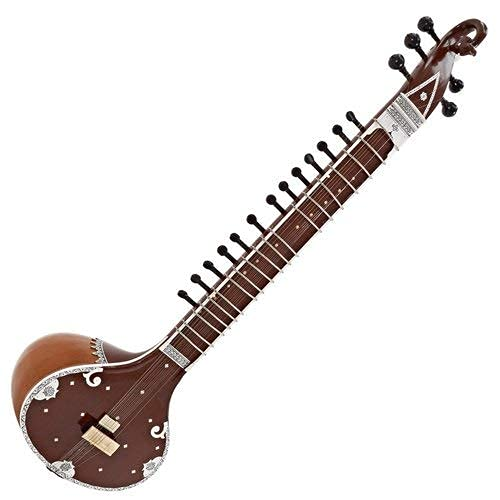
Indian classic sitar
Sitar is one of the essential instruments in Indian classical music, and it has strings in it. It is a three-string instrument born from the historical instruments – Dutar and Ektar. The second time sitar evolved into Sitar and updated the instrument’s structure. Now it has six strings rather than three. Famous sitar players of India are pt. Ravi Shankar, shahid Parvez, Hara Shankar Bhattacharya, Vilayat khan, Mushtaq Ali Khan, Anushka Shankar.
2. Sarod
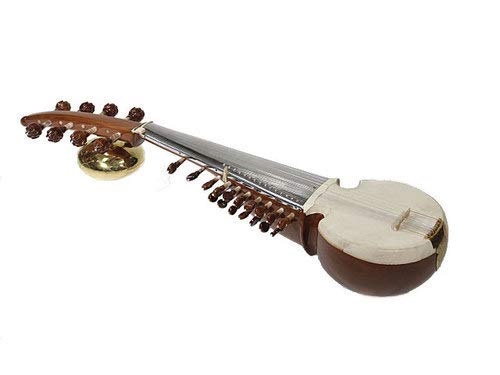
Sarod is a widely played string instrument in classical music form. It is made of fine teakwood and covered with a layer of goat skin, and can it is quite a new instrument in the world of classical music. It is familiar to the Sitar and played simultaneously with the Table. Sarod is around 200 years old in Indian musical history. Famous Sarod-playing artists of India are Allauddin Khan, Sharan Ravi, Zarin S Sharma, Amjad Ali Khan, and Ali Akbar Khan.
3. Tambura
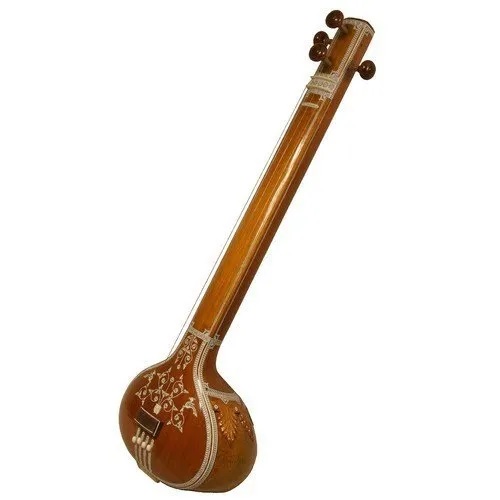
Tambura is also one of the most ancient instruments in the history of Indian music. It is made of wood and looks like a long-stringed instrument. It is hollow from the inside. It helps provide drone pitches to the songs. It is a widely used instrument while playing classical music.
4. Vichitra veena
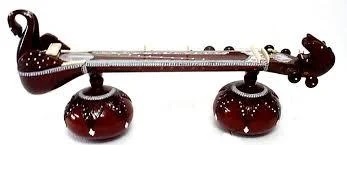
While working on classical music, Vichitra Veena is the most played instrument in classical and Carnatic music forms. It is a wooden instrument in which two gourds are joined with thick sticks. Veena is the most used icon among the dance stages. It is also related to the people’s religious beliefs as it is the instrument played by the Goddess Saraswati. Famous Veena artists of India are Zia Mohiuddin, Sundaram Balachandrer, Doraiswamy Iyenger, Emani Sankara Shastri, and Chittibabu.
5. Tabla
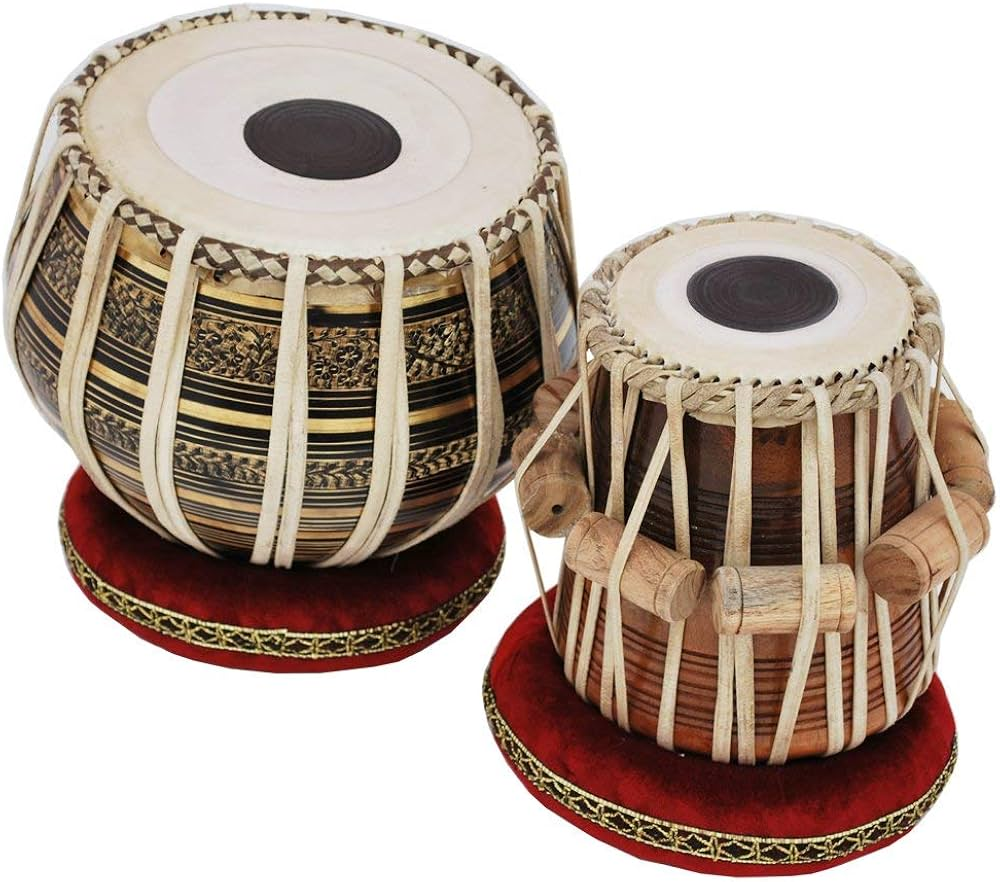
The tabla is the old version of drums. A person plays it for a better pitch into the songs. The performer can play varied kinds of sounds with these sets of tabla. The complete game changer while playing Table is the palm. Because with the help of the palm, you can change the song’s sound as per the rhythm. Famous table players of India are Zakir Hussain, Allah Rakha, Ahmed Jaan Thirakva, Anindo Chatterji, Kishan Mahajan, Tari Khan, Talvin Singh, etc.
6. Shehnai
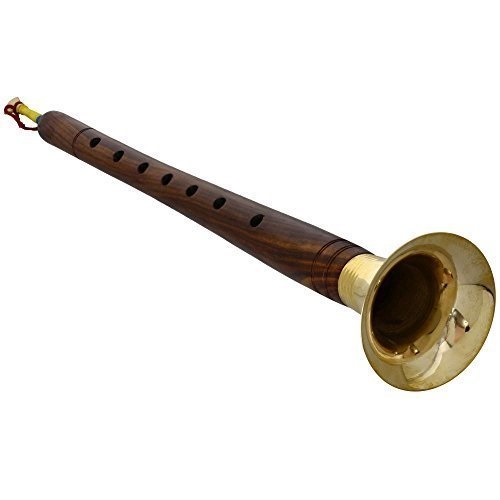
Shehnai has been a famous classical music instrument since ancient times in India and Nepal. It is a two-reed instrument made of wood. It has no thumbholes and seven fingerholes, which helps change the music’s pitch according to the rhythm. It is made of bamboo and shaped with a flared body. The design of Shehnai was made years ago; however, it looks familiar in this modern age. The famous Shehnai players of India are Bismillah Khan, Ali Ahmed Hussain Khan, Anant Lal, S. Ballet, and Raghunath PGT Drasanna.
The statewide famous dance form of India
India is a vast country with a rich heritage. While each community has some diversification in it. It makes the country look more prosperous and harmonious. And in India, dance forms are considered very important as they depict the nature of a region, people, etc. The table for statewide classical forms is as follows:
S.no | Dance form | State | Significance | Artists |
1 | Bharatnatyam | Tamil Nadu | It is the most popular and respected dance forms in India this dance form mainly performed in temples of Tamil Nadu in south India. The term Bharatanatyam is a composition of 3 words: Bha- bhavan or expression, ra – ragam means music. Ta- talam means rhythm, and Natyam means dance. Bharatnatyam dance contains three elements 1- nritta rhythmic dance, 2- Natya dance having dramatic aspects, and 3- nritya, which is the combination of nritta and Natya. | Savitha Sastry, |
2 | Kuchipudi | Andhra Pradesh | India's famous 8th classical dance form originates from Kuchipudi, Andhra Pradesh. Kuchupudi is a dramatic dance form, and the roots f this dance form originated from the Hindu Sanskrit text Natya shastra. The dance started by sprinkling some holy water and burning incense, and men performed all significant roles. | Mallika Sarabhai, Deepa shashindran, Radha reddy, Bhavna reddy, Yamini reddy |
3 | kathakali | Kerala | Kathakali is the most famous dance in the southern state of Kerala. It is one of the vibrant dance forms in which the dancers wear very colorful costumes. The work kathakali means Katha or storytelling. This popular dance has five leading roles: Pacha, Kathi, Kari, shaadi, and murukku. | Kalamandalam Krishnan Nair, Rita Ganguli |
4 | mohiniyattam | Kerala | It is a semi-classical dance form of Kerala in which the women performed an honour to the god Vishnu. The mohinittyam dance is a form of Natya shastra. Women's facial expressions are essential, and it is the soul of this dance form. According to the experts, the dance is around 700 years old. In this dance form, the dancers wear white sarees and gold jewelry on their necks, arms, and legs. | Hema Malini, kalamandalam Kalyani Kutty amma, Shobhana, Sunanda Nair, Pallavi Krishnan. |
5 | Odissi | Odisha | It is one of the interesting and principal classical dance styles of India. This dance form originates from Odessa and follows the Natya shastra principle. Many girls perform this dance in the morning and evening and perform rituals for their deities. According to the arcological evidence, Odissi is the earliest dance form of India. | Sujata Mohapatra, |
6 | Manipuri | Manipur | It is an ancient dance form that originated in India's northeastern Manipur. In this type of dance form, the artist cannot meet eyes with the audience. The dancers move in a circular motion merging into one another, and the hand gesture is mudras which change gently. Vaishnavism and Hinduism mainly influence the Manipuri dance form. | Yumlembam gambling devi, guru Bipin Singh, Darshana Jhaveri, Nirmala Mehta |
7 | Pattaya | Assam | The Pattaya dance form originated in the early 15th century by saint Vaishnava. Pattaya dance form follows the hasta mudra, footwork, and Bharatiya principle. Also, it includes 3componentss nritta, nritya, and Natya. The Satya dance form has two categories prusik bhangi and strip bhangi. Parushni bhangi means masculine style dance form, and strip bhangi means feminine style dance form. | Jatin Goswami |
8 | kathak | Uttar Pradesh | It is one of India's famous six dance forms, originating in Uttar Pradesh. The dance form is linked with Muslim culture because Mughals use to perform it, and the artist used Persian-style costumes while performing kathak. Kathak is a solo performance in which footwork and the erythematic pattern are essential. | Birju Maharaj |
Table for statewide folk dance in India
Every state has its culture, which can easily show in the dance form of the state. On the occasion of harvesting, every state performs its state-oriented dance. People perform folk dances to express their gratitude towards their country and people. All the statewide folk dances of India are :
S.no | Dance form | State | Significance | Artists |
1 | Rouff | Jammu and Kashmir | It is a famous and traditional dance of Jammu and Kashmir. Rouff dance originates from the Muslim community of Kashmir but is now famous among every valley member. People perform the folk dance in the harvesting season of spring. Harvesting season is significant for both males and women to celebrate this occasion by dancing. . We all know that Kashmir valley is one of the most beautiful and popular places in the world, filled with colorful flowers, and the people of Kashmir celebrate the spring season by gathering together and performing roff dance. |
|
2 | Bhangra | Punjab | The bhangra dance started in the 14th century during harvesting in Punjab. Today bhangra has gained popularity across the world The bhangra dance is gaining popularity because of its dress. The dresses are unique and colorful | Abril ul Haq and Amar arshi |
3 | Raas Leela | Uttar Pradesh | Raas Lila is the famous dance of Uttar Pradesh this dance signifies Lord Krishna's love for the village's Radha and milkmaids. Raas Lila dance is performed on the song rasia, which shows the love between Radha and Krishna. | Kshitindranath Mazumdar |
4 | Garba | Gujarat | It is the famous dance of Gujarat, and the word Garba comes from garbha deep which means a lam inside an earthen pot. It shows that the light of knowledge can remove the darkness of an earthen pot. The Garba dance is very famous among women on the girl's first menstrual cycle, marriage, and on the nine days of the Navratri festival. Garba dance is performed in a circle, and this cycle can symbolize h, life, death, and then rebirth. | Falguni Pathak, Bhoomi Trivedi |
5 | Ghoomar | Rajasthan | Ghoomar is a famous folk dance of Rajasthan. Ghummar dance is originated from the Bhil tribe and later adopted by all communities. Ghoomar is a women's dance in which women gather and dance in clockwise or anti-clockwise motion, and between performances, they unite their hands and clap their hands. | harish |
6 | Bihu | Assam | The word Bihu comes from the word busy, which means joy People perform the Bihu dance at the end of the harvesting season. It is a festival of food. The Bengali Bihu starts one night before the actual festival. On this day, people make bhaji and help ghar and burn them the next day, and prayers are offered to the fire god. | Khagen Mahanta |
7 | Lavani | Maharashtra | Lavani is the folk dance of Maharashtra, a combination of traditional song and dance. Women perform this dance on drum beats. The women wore nine-yard-long sarees. Lavani comes from the word Lavanya which means beauty, and the Lavani dance contains tales of the birth of birds and is inspired by nature. | Vithabi bhau mang, surekha Punekar |
8 | Raut nacha | Chattisgarh | It is the famous folk dance of Chattisgarh and performed by the Yadav clan, who are the descendants of lord Krishna; according to the Hindus, this is the time of awakening of lord Krishna. The raut contains many dramas, battles, stories, and dance music. Raut each dance is performed in groups, and the women wear colorful dresses. |
|
9 | karakattam | Tamil Nadu | This dance is performed on special occasions like marriages, festivals, conferences, and roadshows This dance is organized in the harvest season when the Mariamman pooja is held; Mariamman is the rain goddess. In this festival, men and women dance on muddy ground with lots of joy. This dance is famous in different parts of Kerala. |
|
10 | veeranatayam | Andhra Pradesh | Veera Natyam is the most famous folk dance of Andhra Pradesh the word Veera means brave, and Natya means dance. In earlier times, people use to perform this dance in the shiv temple. There are three stages in the veeranatyam performance. Is the Veera Bhadra pallet – holding a large plate from palm to elbow with camphor on fire? Dhwaja sthambha – holding a pole marked with vibhuti means ash Narasam- dancing with spears and tridents pierced into tongue, hands, and legs. | undefined |
History of dance culture in India
The dances in India say that dance and rituals originate in the Vedic time. The earliest text describes dance creation according to the Hindus; the load shiva destroys the universe through dancing. Apart from that, we also saw the caves having many dancing images made by hunters. According to the ancient people, the pharma ordered Bharata muni to write the Natya shastra, which contains many dance practices.
The Hindu deities like lord shiva, kali, and Krishna represent dancing. In ancient times there were no community halls or auditoriums for dancing and theatres, so they usually danced in functional activities like worship, festivals, and, most critical seasonal harvests.
There are many classical dance forms, like Bharat Natyam, in which the dancers use different mudras and hand gestures. India is a diverse country with many religions, communities,s and other states, and each has a different dance form. The classical and folk dance originates fromaanaIndiann tradition and mythology.
In India, many pieces of evidence portray the popularity of dance; the dances find expression through sculptures, paintings, poetry, etc. there are many manuals in India, like nandikeshwara’s abhinaya darsana, which contain the gestures and posture of dances. Indian dances are related to the devotional aspects of life. Every dance starts with praying and ends with praying.
There are numerous dance forms present in India, each exhibiting different cultures. Indian dances are divided into three elements nritya, nritta, and Natya means rhythm, expression, and drama.
Importance of dance and music culture in India
Dance and music have been an integral part of the culture. It defines the eternal beauty of a place, culture, and diversity. People learn new and better things through various words, languages, and actions. Teenagers try to elaborate their knowledge in the field of curricular activities, which not only flourishes the country’s beauty but also helps develop a person. Dance and music have been a historical part of indiIndianture for ages. Dance allows us to coordinate with the movements and improves body posture. Dance and music have always been a heritage of India; it depicts the beauty of India.
Music and dance enhance the brain power of people. People can learn new things like sounds, words, etc.
India has a rich heritage of many dances and forms of music and dance reorganized with many other traditions. The music depends on two aspects that’ is raag and taal. Indian dance and music is a custom of over 2000 years, giving much information about paste.
Famous dancers and musicians in India
We’ll know that dance and music lie in our blood and heart. Finding someone who doesn’t like music and dance is a challenging task. Many famous dancers and musicians shine their names in the field of Indian dance and music, like Zakir Hussain, birju Maharaj, Ravi Shankar, and many more. So here we are discussing some famous dancers and musicians in India.
Annapurna devi
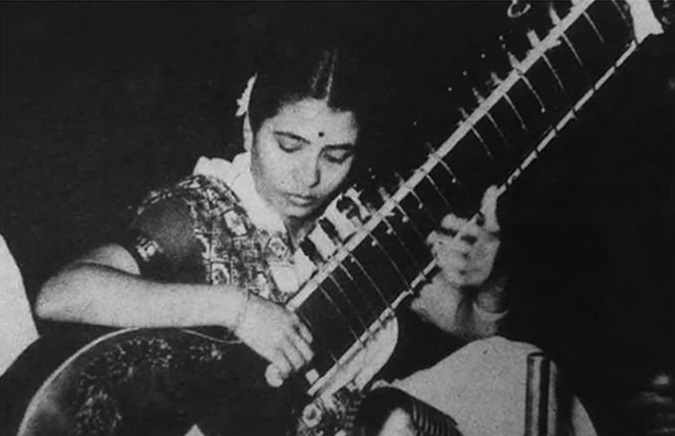
- She is a famous surbahar player of India.
- She was born on 23rd April 1927 at maihar MP and was the daughter of Alauddin khan. Allaudin khan was a famous court musician at the court of maharaja brijnath, Singh.
- There are many awards received by Annapurna devi, like the sangeet natak Akademi award in 1991, Padma Bhushan in 2004, and many more. She got music training under his father, Alauddin khan.
- In 1950 she performed a duet with her husband, Ravi Shankar, in Delhi and Calcutta. Annapurna devi was a commercial musician, that’s why they did not participate at the international level. she performed herself and trained students who eagerly wanted to play the Sitar.
Birju Maharaj
- Pt birju Maharaj was born in 1938-2022
- He was a famous kathak dancer belonging to kalkabindadin Gharana. However, he has given thousands of stage performances and workshops for kathak students.
- At 13, birju Maharaj started learning kathak at sangeet Bharti new Delhi later, and he became a teacher at Bhartiya kala Kendra Delhi.
- Pt birju Maharaj composed two famous music sequences: shatranj Ke Khiladi and the 2nd one, the most renowned karate cheese in the movie Devdas.
- Birju Maharaj received many awards like the sangeet natak Akademi awards, Padma Bhushanlata maMangeshkaruruskar in 2002, Bharat muni Samman, and national film awards for best chirography.
Zakir Hussain
- He was a famous table player, composer, film actor, and musical producer.
- Zakir Hussain is the son of Allah Rakha. Zakir Hussain gain fame in the field of music at both Indian as well as national levels. He is also known as the chief architect of the music industry.
- In 1988 Zakir Hussain became the youngest tabla player and received many awards like Padma Shri, Padma Bhushan, sangeet natak Akademi awards, and many more. Zakir Hussain is the only musician who gained a huge name at a very little age, and he was the youngest musician who received recognition from the cultural institute. The union is responsible for governing it.
Sonam Tshering Lepcha
- He is a famous musician from Sikkim and was born on 3rd January 1928 in west Bengal.
- At age 20, he visited many villages in Sikkim and collected songs, musical instruments, manuscripts, and artifacts.
- In 1960 he made history by becoming the first captcha player in India. According to him, ure is very important; he says that a man without a culture is a man without a backbone.
- Apart from the captcha, he plays many other instruments like the banjo. He received many awards, like the Padma Shri in 2007, the sangeet natak Akademi awards in 1996, and many more. He was the first person who played the captcha on all-India radio.
Conclusion
India is a place that contains many dancers and musicians. We all know India’s rich heritage culture. India is the world’s 7th biggest country and 3rd largest in the northern hemisphere, containing a large population with different religions, cultures, and traditions. Apart from that, they also have other music and dancing styles. Indian culture is not only food, clothes, and exotic animals; it is beyond that. Indian culture contains various dances and music that join people together.
Besides entertainment, these music and dance cultures give knowledge about our rich heritage culture and unite the diversity. The music and dance show energy and emotions, and Indian classical and folk dances are among the oldest dance forms in the world. In this article, we will try to provide all the information about Indian dance and music culture hope you like it.
FAQs on Indian Music and Dances
1. Why dance and music are essential parts of a culture?
Ans: Dance and music is the essential factor in culture because it gives a brief description of a place and people’s living style. Usually, songs are inspired by nature and depict the beauty of the surrounding. At the same time, the dance forms define the region’s drama, dress, and line. India is a big country surrounded by various communities, and each community shows its differentiated beauty with its dance and music culture.
2. What is Indian music called?
Ans: Indian music varies in India according to the region. The music of north India is classical music, while the music of the south is called Carnatic music. The difference is slight, just the different rhythm and pitch concluded in this music. Hindustani music is a piece of art, and designing this art worth listening to can provide additional space for Indian music.
3. How many types of Indian music are there?
Ans: There are four types of Indian music: classical music, folk music, and the fusion of classical and folk music. The forms of songs vary according to the region.
4. What are the seven parts of Indian music?
Ans: Indian classical music is a widely liked musical form among the people of India and even outside the country. At the same time, the exact definition of Indian music differs in all regions of India. The music contains seven main parts: silence, rhythm, pitch, timbre, melody, harmony, and form or structure.
5. Who is the father of music?
Ans: The father of music was Johann Christoph, born on 21st march 1685. He pursued his education in Luneburg. He has given various excellent compositions to the music industry.
6. What is the famous dance of northern India?
Ans: Kathak is the famous North Indian dance and there are three main gharanas of kathak Lucknow, Jaipur, and Banaras.
7. What is the other name of the Pattaya theatre?
Ans: Satriya is a tradition of dance and music, and ankhiya bhaona is the name of the Kshatriya theatre.
8. Why Gwalior Gharana is famous for?
Ans: It is the oldest school of north Indian classical music and is famous for its different styles.
9. What is a famous instrument of Ravi Shankar?
Ans: Ravi Shankar is famous for playing the Sitar and was a renowned musician who received many awards.
Also Read: Food, Clothes, Dance and Languages of Indian States

